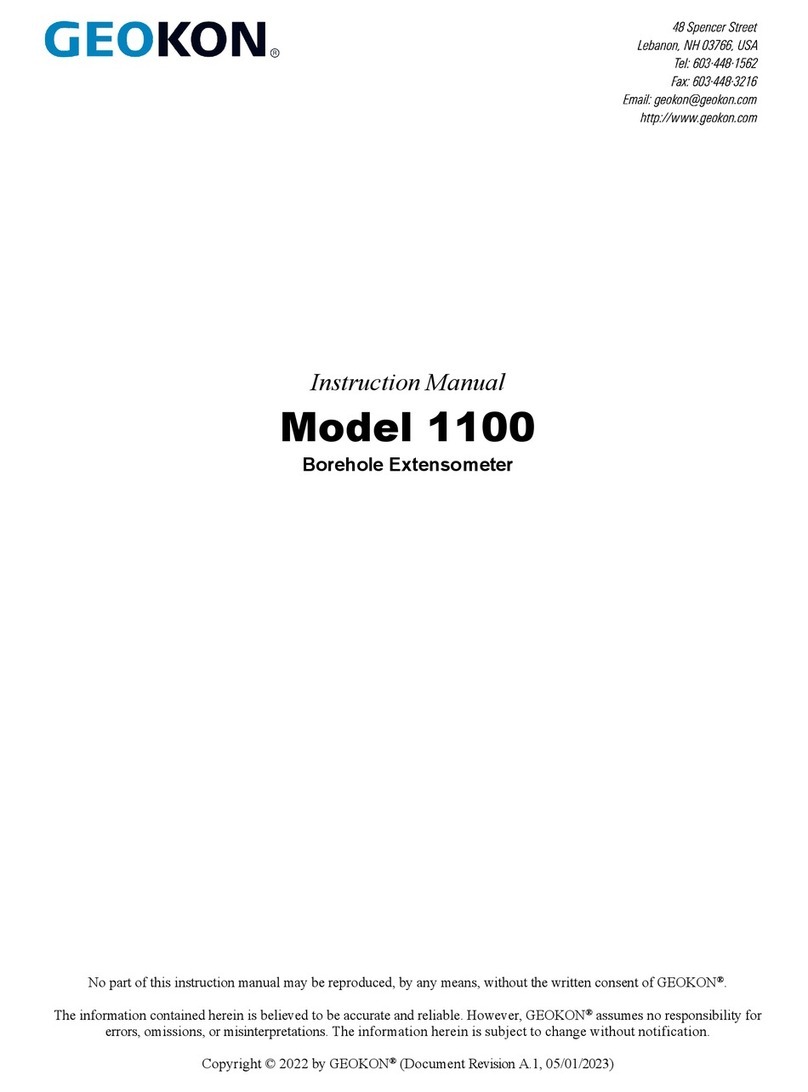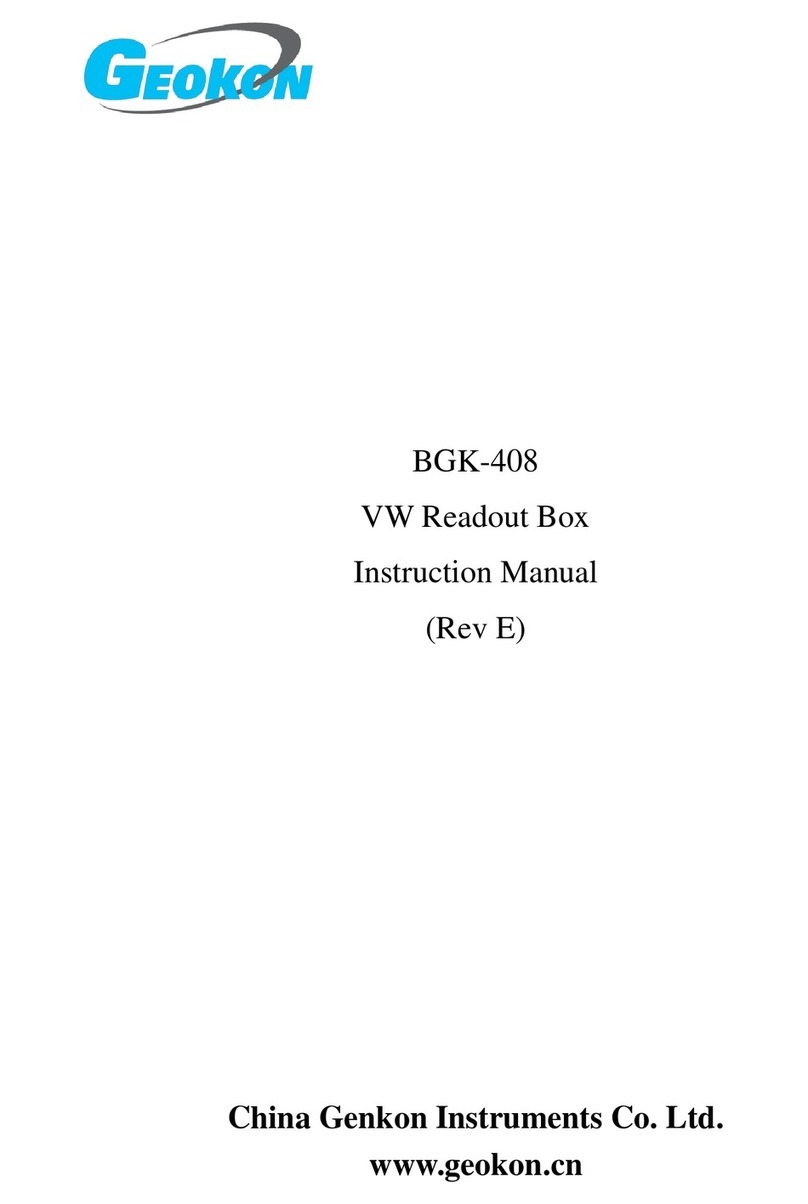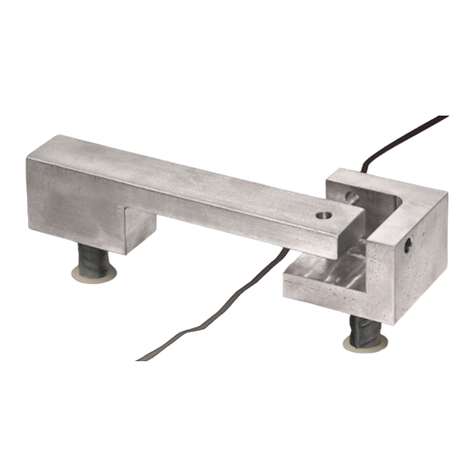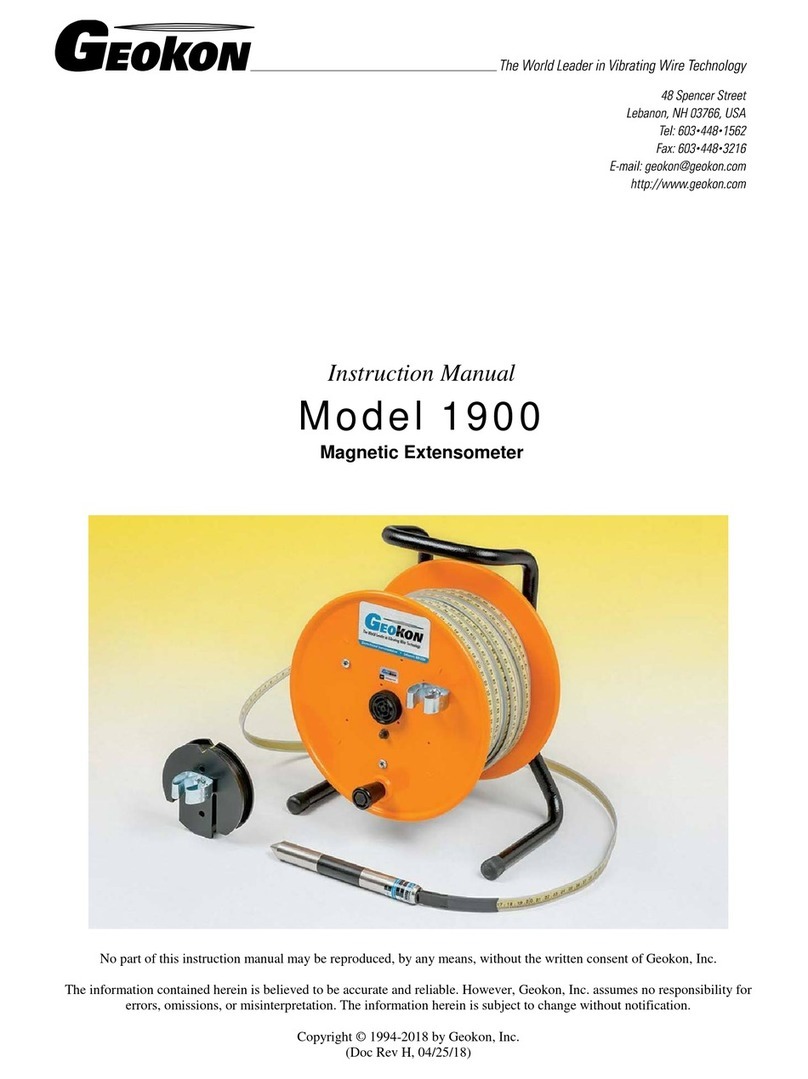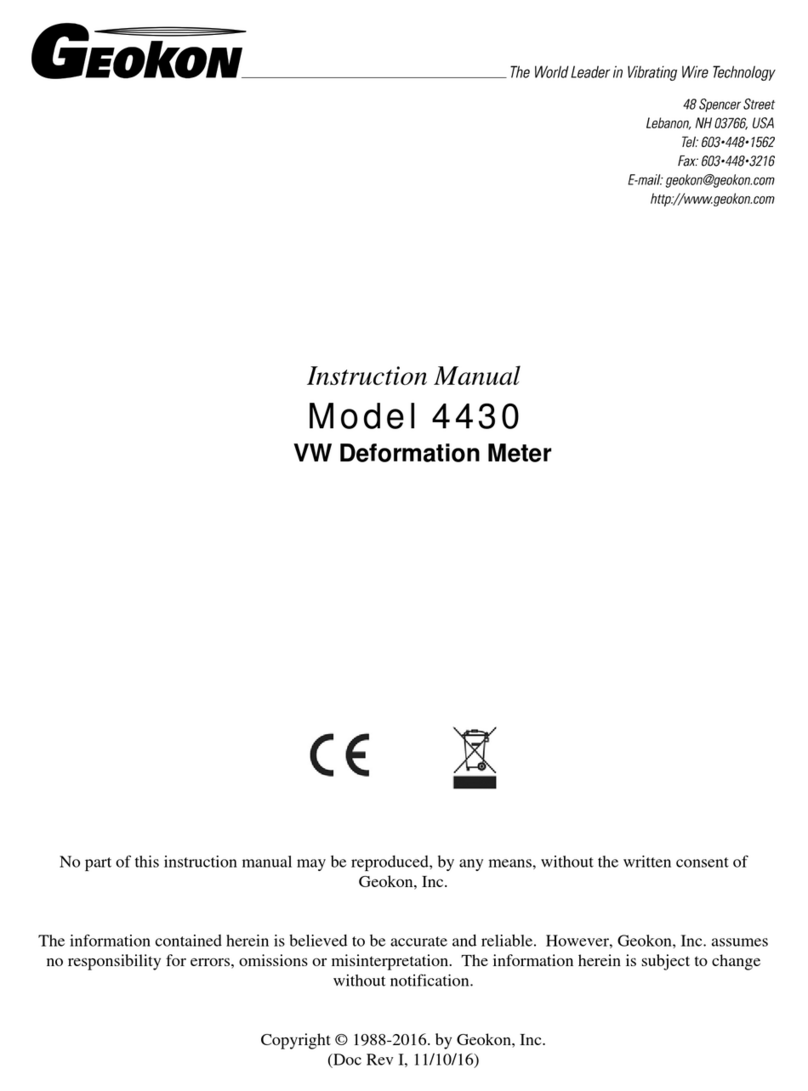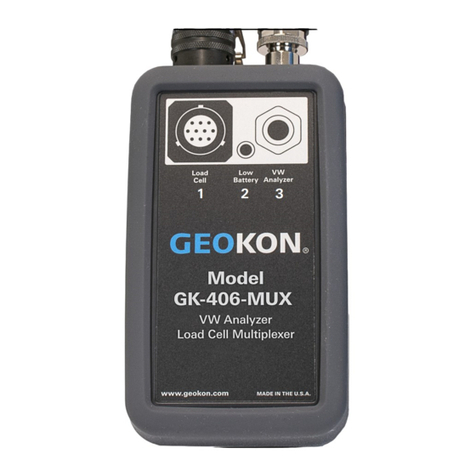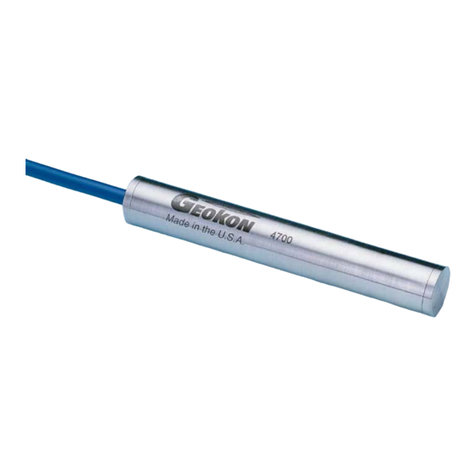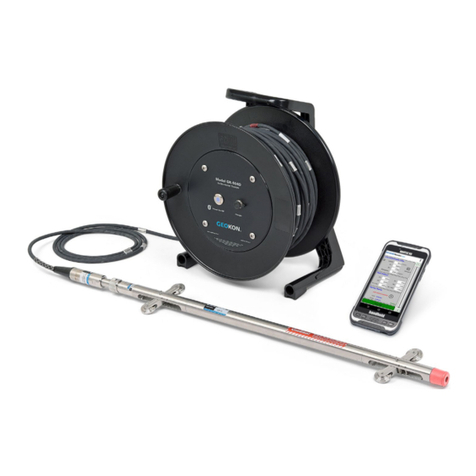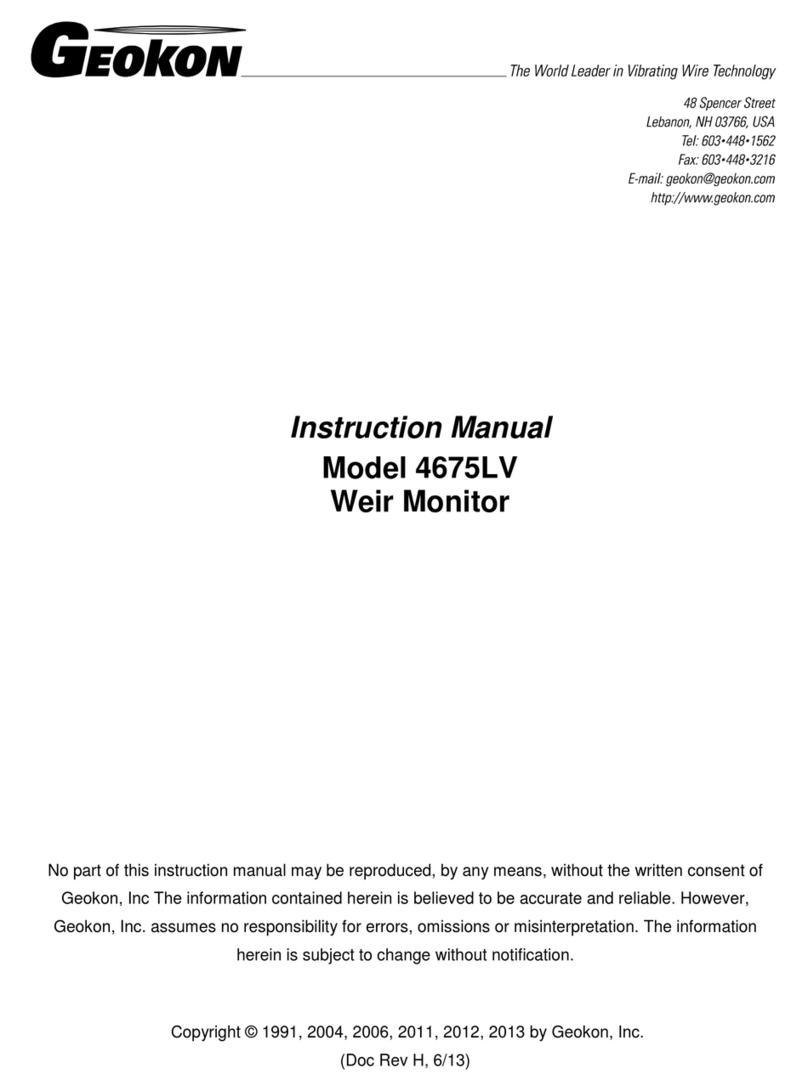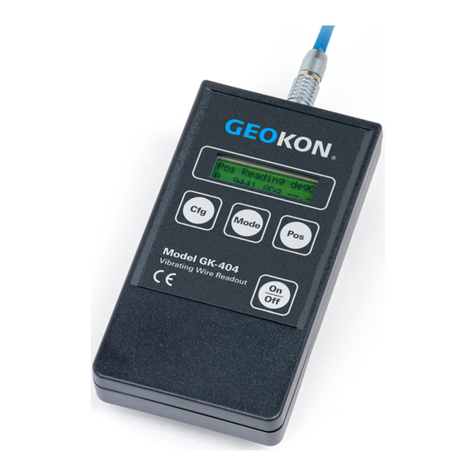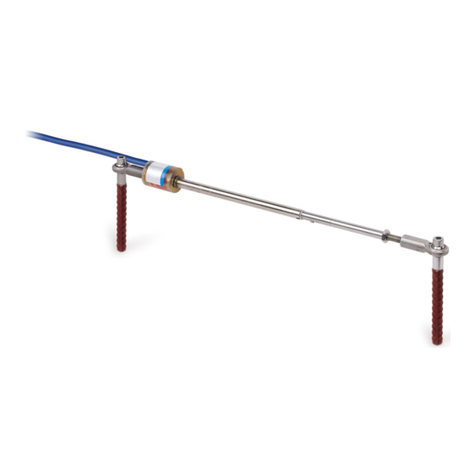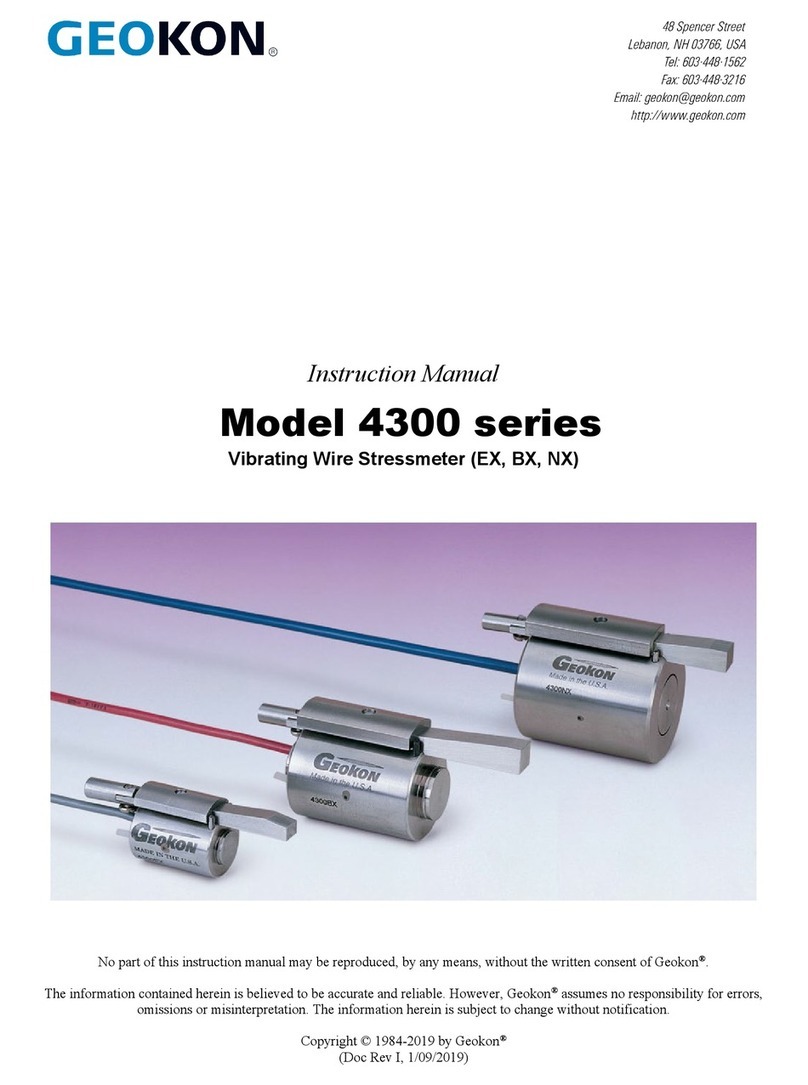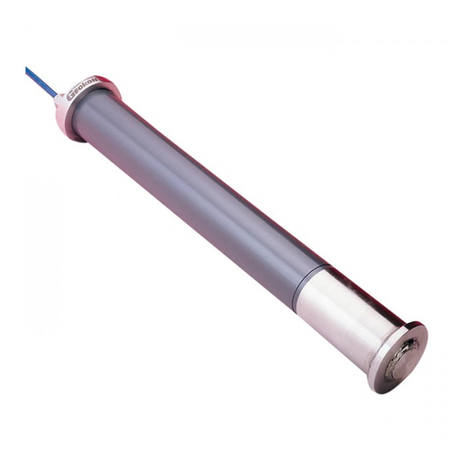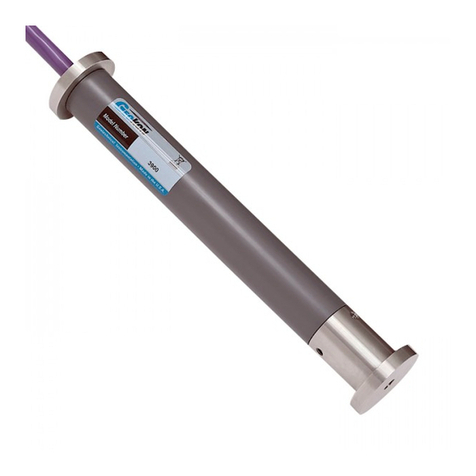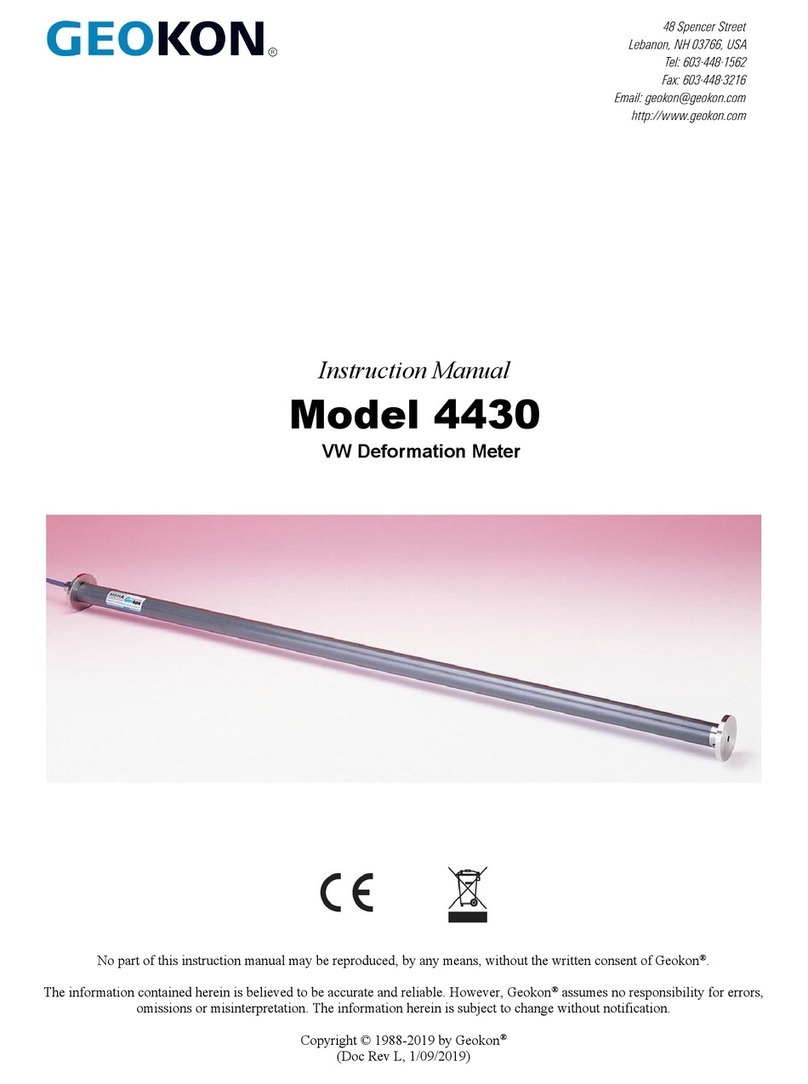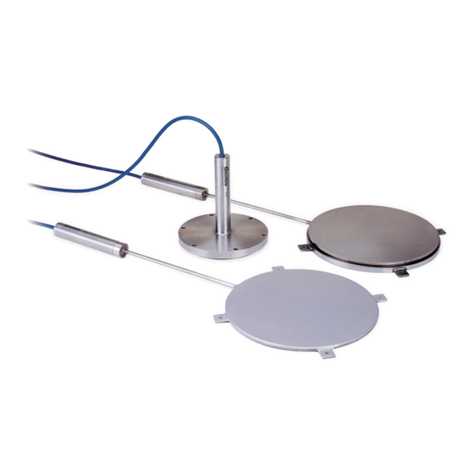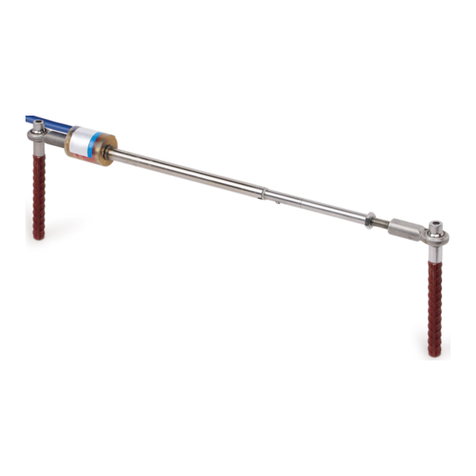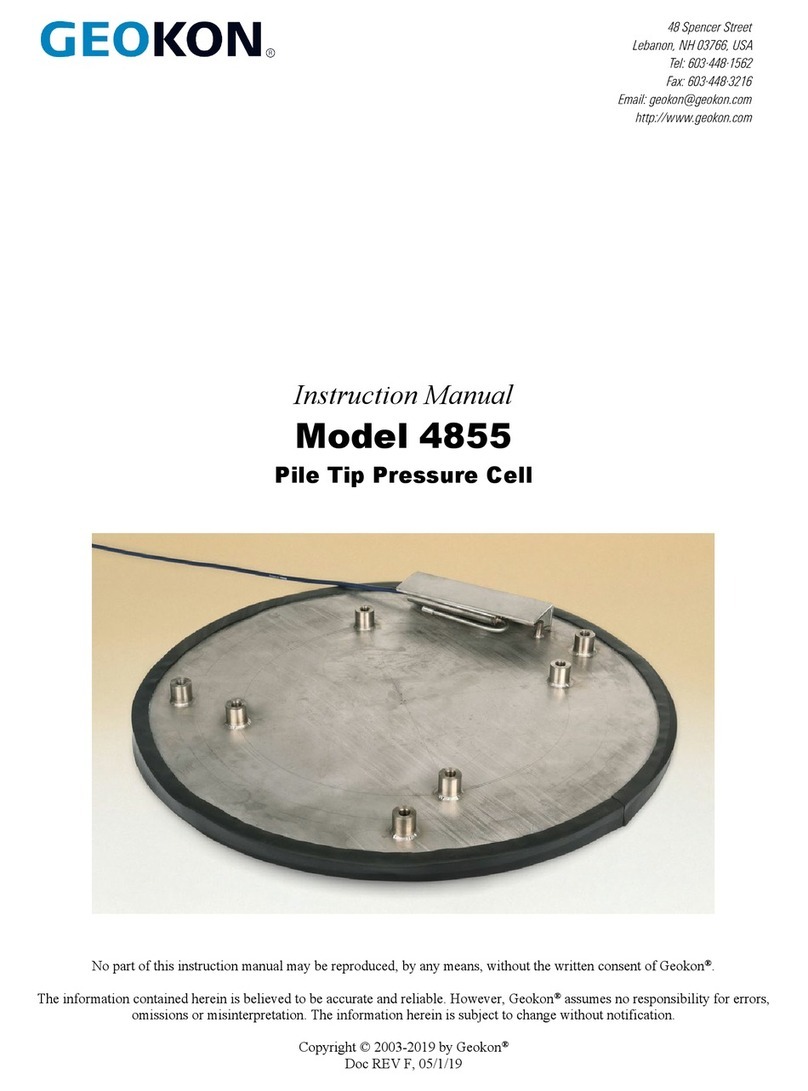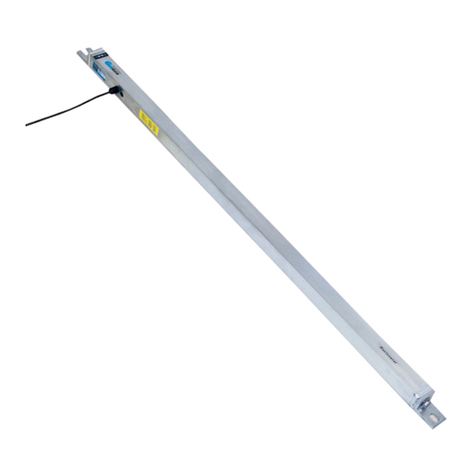
TABLE of CONTENTS
1. INTRODUCTION ...................................................................................................................................................1
1.1 TILT SENSOR CONSTRUCTION..............................................................................................................................2
2. INSTALLATION ....................................................................................................................................................3
2.1 PRELIMINARY TESTS............................................................................................................................................3
2.2 MODEL 6300 ASSEMBLY AND INSTALLATION .....................................................................................................3
2.2.1 Uniaxial System ..........................................................................................................................................4
2.2.2 Biaxial System.............................................................................................................................................5
2.3 FLUID DAMPING ..................................................................................................................................................7
2.4 SPLICING AND JUNCTION BOXES..........................................................................................................................7
3. TAKING READINGS.............................................................................................................................................8
3.1 GK-404 READOUT BOX.......................................................................................................................................8
3.1.1 Operating the GK-404 ................................................................................................................................8
3.2 GK-405 READOUT BOX.......................................................................................................................................9
3.2.1 Connecting Sensors.....................................................................................................................................9
3.2.2 Operating the GK-405 ................................................................................................................................9
3.3 GK-403 READOUT BOX (OBSOLETE MODEL)....................................................................................................10
3.3.1 Connecting Sensors...................................................................................................................................10
3.3.2 Operating the GK-403 ..............................................................................................................................10
3.4 MEASURING TEMPERATURES.............................................................................................................................10
4. DATA REDUCTION ............................................................................................................................................11
4.1 INCLINATION CALCULATION..............................................................................................................................11
4.2 TEMPERATURE CORRECTION .............................................................................................................................11
4.3 DEFLECTION CALCULATION ..............................................................................................................................12
4.4 ENVIRONMENTAL FACTORS...............................................................................................................................12
5. TROUBLESHOOTING........................................................................................................................................13
APPENDIX A. SPECIFICATIONS.........................................................................................................................14
A.1 VIBRATING WIRE TILT SENSOR ........................................................................................................................14
A.2 THERMISTOR (SEE APPENDIX BALSO) ..............................................................................................................14
APPENDIX B. THERMISTOR TEMPERATURE DERIVATION.....................................................................15
APPENDIX C. EXCITATION AND READOUT PARAMETERS......................................................................16
C.1 EXCITATION ......................................................................................................................................................16
C.2 EXCITATION FREQUENCY..................................................................................................................................16
C.3 OFFSET..............................................................................................................................................................16
APPENDIX D. ADDRESSABLE SYSTEMS..........................................................................................................17
APPENDIX E. TYPICAL CALIBRATION REPORT ..........................................................................................18
